Access to Collaboration Site and Physics Results
Cristina Jimenez
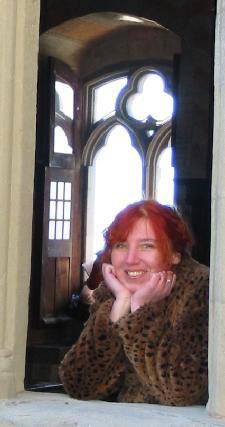
Anna Kaczmarska
Anna Kaczmarska is an artistic Polish physicist working as a software developer of the official ATLAS software package designed to detect tau leptons. Since Anna was a teenager, she has loved medieval arts: literature, architecture and music, whose rhythms, she says, help her to program ATLAS software.
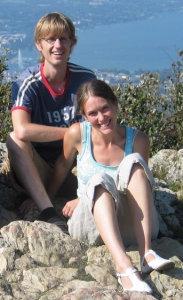
Jonas Strandberg
“I think the money put in the summer school is among the best ways that CERN has to invest money!” says Jonas Strandberg, a Swedish physicist working on the Muon Spectrometer and Higgs Physics at ATLAS. He is another good example of the power of the CERN Summer School in drawing outstanding students into particle physics; since Jonas first came to CERN in the summer of 1998 as a physics undergraduate student, he always wanted to return.

Amelia Maio
If the ATLAS detector assembly could be compared to a marathon, then Amelia Maio would be best described as a long-distance runner! This Portuguese physicist and Associate Professor at Lisbon University has been involved in the design of the ATLAS detector since its very conception. In addition, since the late 1980s, Amelia has also been a very active ‘outreach’ physicist.
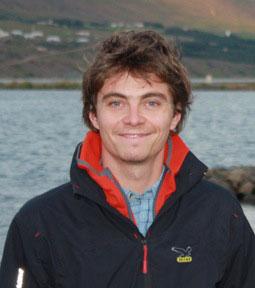
Andi Salzburger
When ATLAS physicist Andi Salzburger finished his PhD in May 2008, he thought of doing something really special to celebrate such a milestone in his life. He ended up walking 430Km, traveling the whole length of Iceland from North to South on foot.
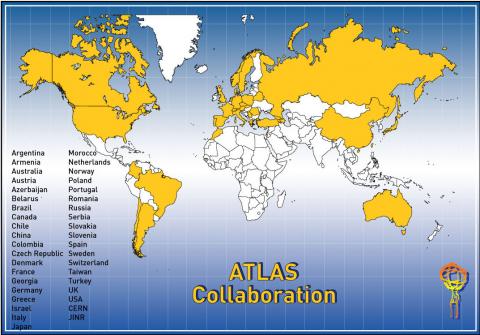
Socio-Economic Perspectives on ATLAS
Building the ATLAS detector has been a mammoth and innovative project. Sociologists, economists, and entrepreneurs have studied how such projects benefit society and the economy. The ATLAS collaboration has a number of unique characteristics, because of the size of the project, together with its complex scientific nature. It is the largest collaborative effort ever attempted in the physical sciences with more than 2200 physicists from 38 countries.
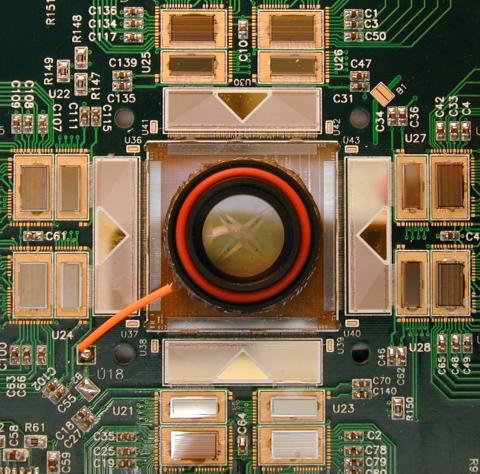
From Exotic Particles to Possible Solutions for Blindness
The search for exotic particle has led Alan Litke and his ATLAS colleagues to design a system that has allowed the discovery of a new type of cell in the retina of primates, and this technology is helping to find solutions for certain types of blindness.
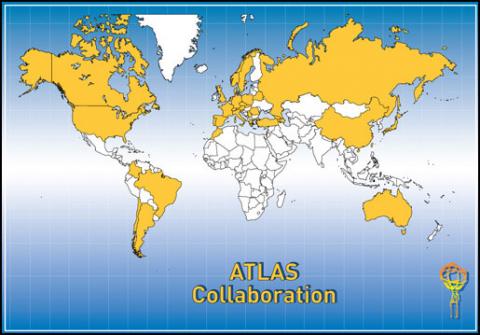
Argentina, Chile and Colombia Join ATLAS Experiment
The ATLAS collaboration is continuously expanding, and recently its message has reached new shores – South America. Three new countries, Argentina, Chile and Colombia joined the collaboration at the beginning of the year, when Peter Jenni, ATLAS spokesperson, signed collaboration agreements formalising the presence of the Latin American research teams within the ATLAS experiment.
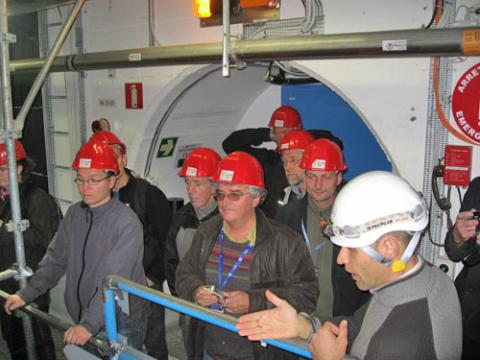
Norwegian teachers visit ATLAS
"It's amazing that you have to build something so huge to measure such extremely small things," said Tom Christiansen from Telemark in Norway, after visiting the ATLAS cavern. His sentiment about the size of the ATLAS detector was shared by the thirty–one other physics teachers who, together with Tom, attended the first Norwegian Teacher Programme run at CERN, in November 2007.





